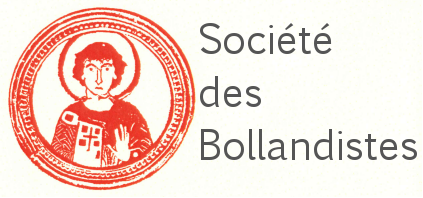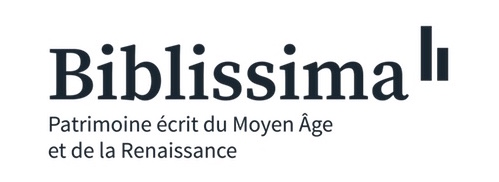Pinakes | Πίνακες
Textes et manuscrits grecs
Résumé :
Abstract It is well known that Byzantine and post-Byzantine manuscript letter collections had a didactic function serving as manuals on epistolary art. An important task is to examine how and to what extent this function influenced the structure of collections and the method of reworking epistolary material. The subject of the present paper is the letter collection surviving in cod. Heid. Pal. gr. 356 ( 13 th c. ). The collection contains Pseudo-Libanios’ ‘Epistolary Styles’, letters of Phalaris, Libanios, Gregory of Nazianzos, Symeon Logothetes, Michael Psellos and other authors. The collection is analyzed in terms of its content and structure. Its following features are revealed: Firstly, from letters of different authors, those are selected that correspond to common epistolary situations. Most of the letters presented in the collection are recommending, reproaching for silence, accompanying the gift, etc. Secondly, letters belonging to the same type or epistolary situation are often grouped together. Thirdly, letters are reworked so that it is more convenient to use them as models. Gregory of Nazianzos’ letters are presented in short excerpts, many of them being transformed so that they serve as models for certain letter types – friendly, commendatory, etc.| Villes | Dépôts | Fonds | Cotes | Type | Commentaire | Tome | Pages |
|---|---|---|---|---|---|---|---|
| Città del Vaticano | Biblioteca Apostolica Vaticana (BAV) | Pal. gr. | 356 |







